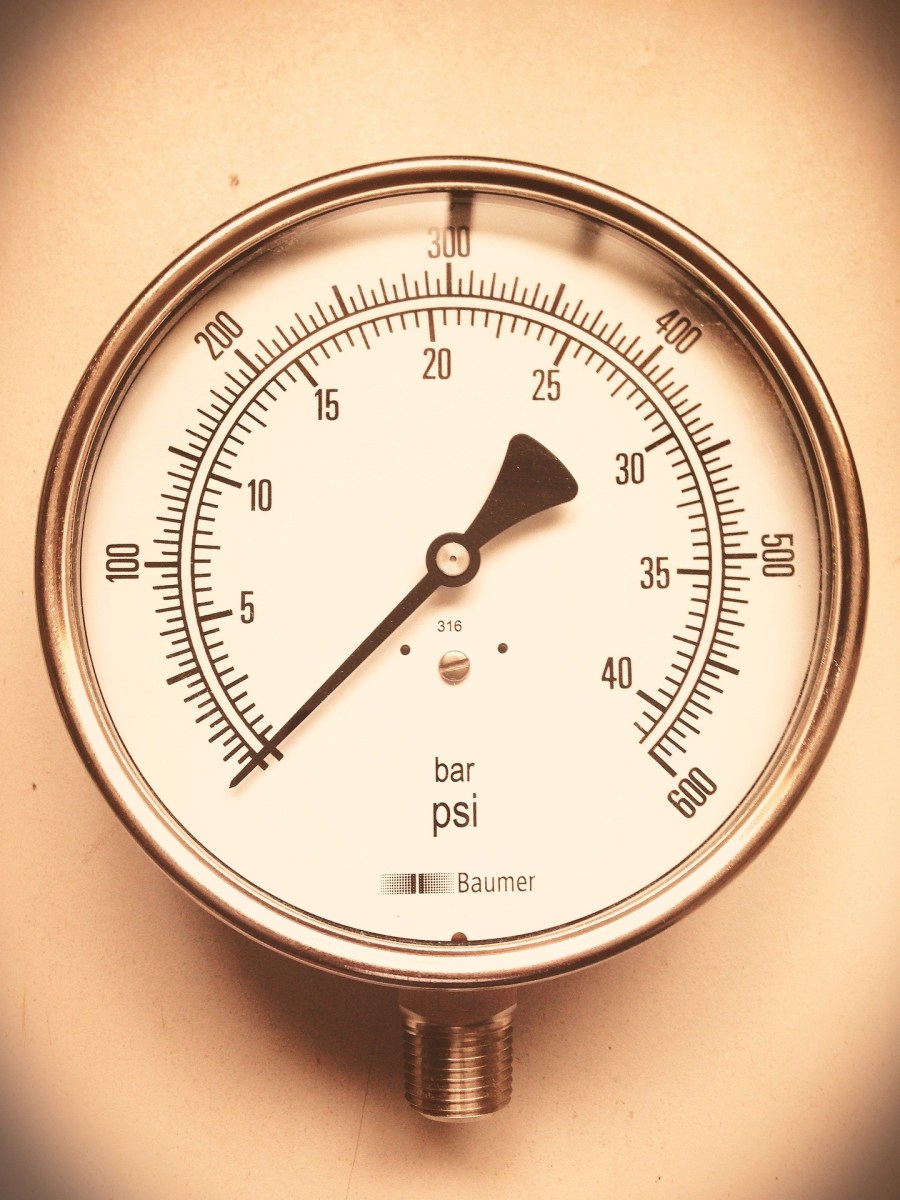
Compressed air serves as the essential utility for operation, and its performance limitations are determined by the supply available. To effectively utilize EXAIR products and pneumatic equipment, it is crucial to establish a method for transferring compressed air from the source to the point of use. This can be accomplished through three primary means: pipes, hoses, and tubes.
As compressed air travels through the distribution system, it experiences friction against the inner surfaces of pipes, tubes, and hoses. Factors such as the diameter of the pipe, its length, the number of bends, and the smoothness of the inner wall contribute to this friction. Consequently, a reduction in air pressure occurs due to this resistance. Additionally, pressure drops can also happen at the point of use, particularly if the line is inadequately sized, which can significantly affect the performance of the equipment being powered.
When designing and maintaining a compressed air system, it is essential to take pressure measurements at various locations to detect and resolve potential issues before they escalate. The Compressed Air Challenge recommends specific points for regular pressure assessments to accurately gauge the operating pressure of your system.

- Inlet to compressor (to monitor inlet air filter) vs. atmospheric pressure
- Differential across air/lubricant separator
- Inter-stage on multistage compressors
- After-cooler
- At treatment equipment (dryers, filters, etc.)
- Various points across the distribution system
- Check pressure differentials against manufacturers’ specifications. If high pressure drops are noticed, this indicates a need for service.
After taking the necessary measurements, you should sum the recorded pressure drops and subtract this total from your compressor’s operating range. The resulting value represents the actual operating pressure at the point of use.
If your distribution system is correctly sized and the pressure drops across your equipment are within acceptable limits, any pressure drop observed at the point of use suggests a lack of sufficient air volume. This issue may stem from restrictive fittings or inadequately sized air lines, hoses, or tubes. It is essential to ensure that the point of use product is installed in accordance with the manufacturer’s specifications for compressed air.
If you have questions about pressure drops, or anything regarding EXAIR and our products, please do not hesitate to reach out.
Jason Kirby
Application Engineer
Email: [email protected]
Twitter: @EXAIR_jk









